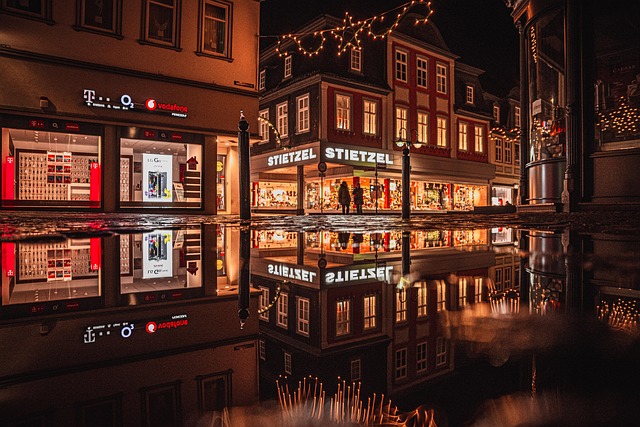Reflecting on High-Resolution Images: A Comprehensive Guide
In the digital age, where visuals dominate our screens and imagination, encountering high-resolution images is more than just a visual treat—it’s an experience. The clarity, detail, and depth they offer invite us to pause and engage, much like looking into a calm lake that perfectly mirrors the world around it. This is where the concept of image reflection becomes a powerful metaphor and practical tool.
The Emotional Power of Image Reflection
When we think of reflection, our minds often wander to introspection. Similarly, image reflection in high-resolution photography or digital graphics draws us into a meditative state. It calls us to appreciate the fine details, the subtle play of light, and the textures that low-resolution counterparts simply cannot convey. This appreciation fosters a deeper connection not only to the image but to the moments and memories it represents.
Understanding Resolution and Its Role in Image Reflection
Resolution defines the amount of detail an image holds. The higher the resolution, the more pixels it contains, allowing for finer details and smoother transitions between colors and shapes. This clarity is crucial when it comes to image reflection—both literally, in terms of mirrored surfaces captured in an image, and figuratively, as it reflects the creator’s intent and the viewer’s emotional response.
High-resolution images allow reflections—like water ripples, glass reflections, or shiny surfaces—to be rendered with stunning accuracy. Each tiny flicker of light or subtle distortion is captured, making the reflected image almost tangible. This precise capture elevates the visual storytelling and makes photo reflection an essential skill for photographers and graphic designers alike.
Techniques to Enhance Reflective Qualities in High-Resolution Images
- Use natural light: Soft, diffused lighting enhances reflective surfaces more naturally than harsh artificial light.
- Choose reflective materials: Incorporate water, glass, or metallic surfaces in your shots to amplify the reflection effect.
- High pixel count sensors: For photographers, investing in high-resolution cameras can make a significant difference.
- Post-processing finesse: Utilizing software to enhance reflections without losing detail preserves the image’s authenticity.
Why Image Reflection Matters Beyond Aesthetics
Image reflection is not just a visual gimmick. It symbolizes clarity and depth, much like a well-resolved image tells a story with authenticity. In fields like scientific imaging, art, and even marketing, the ability to capture and manipulate reflections in high resolution can lead to breakthroughs in communication and creativity.
Ultimately, reflecting on image reflection encourages us to slow down and savor the subtleties in high-resolution imagery. It reminds us that beneath every pixel lies an opportunity to connect, tell a story, or simply admire the beauty of a perfectly mirrored world.




